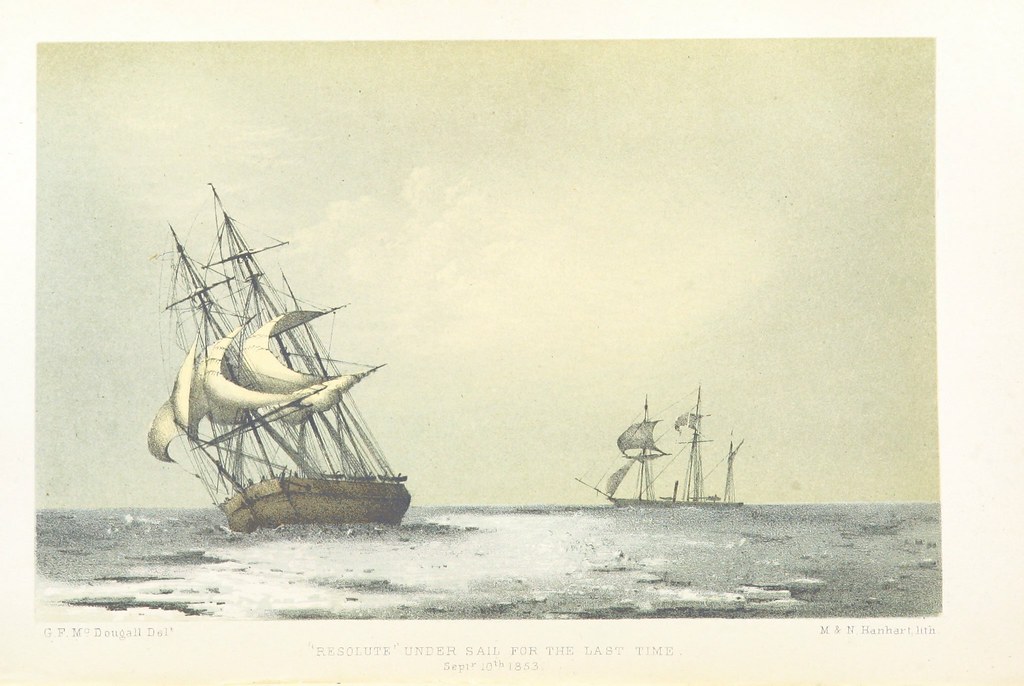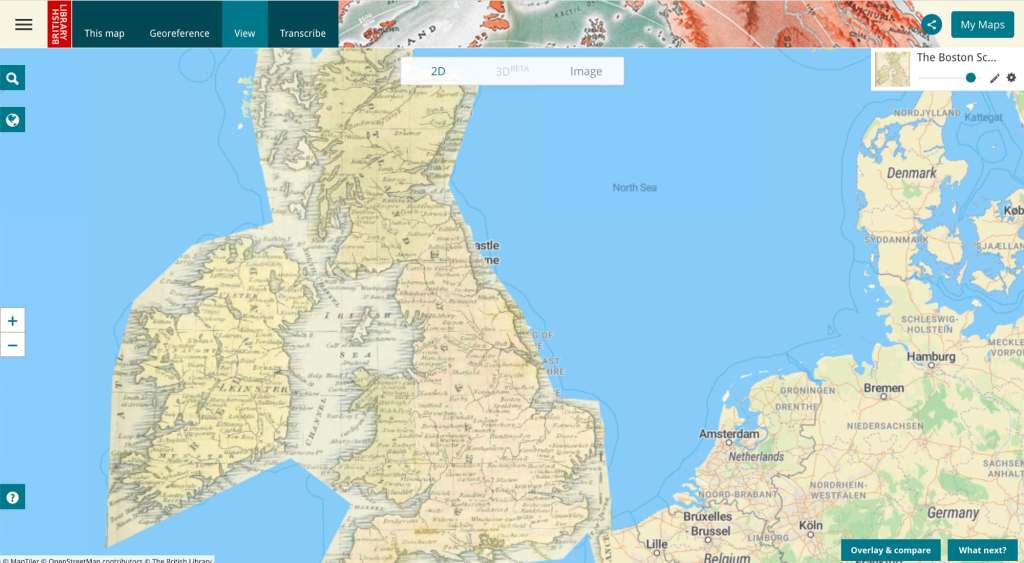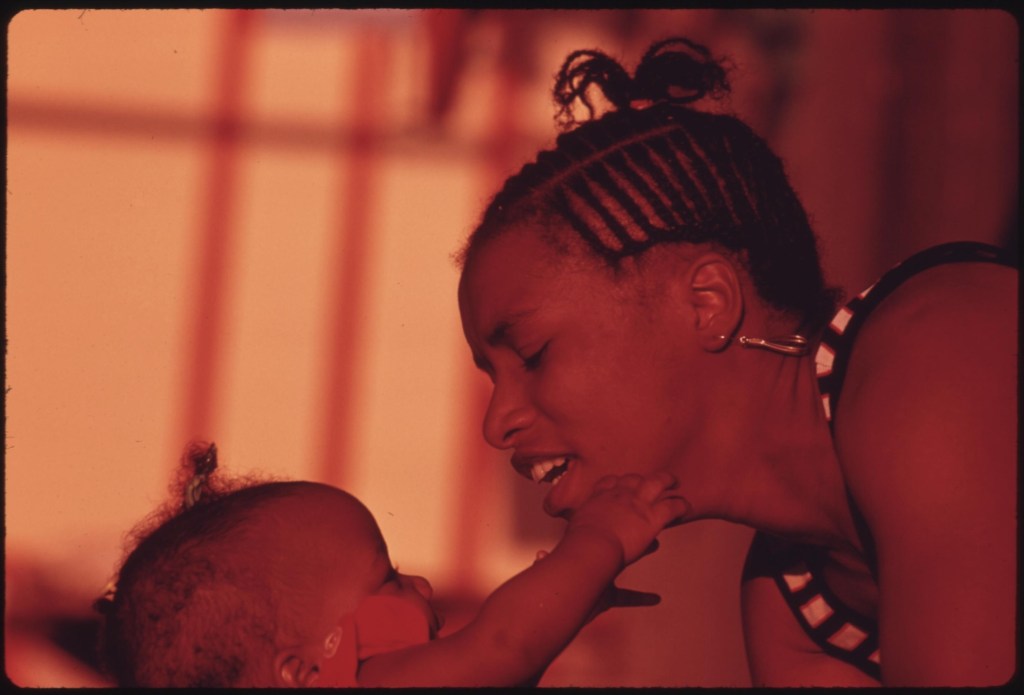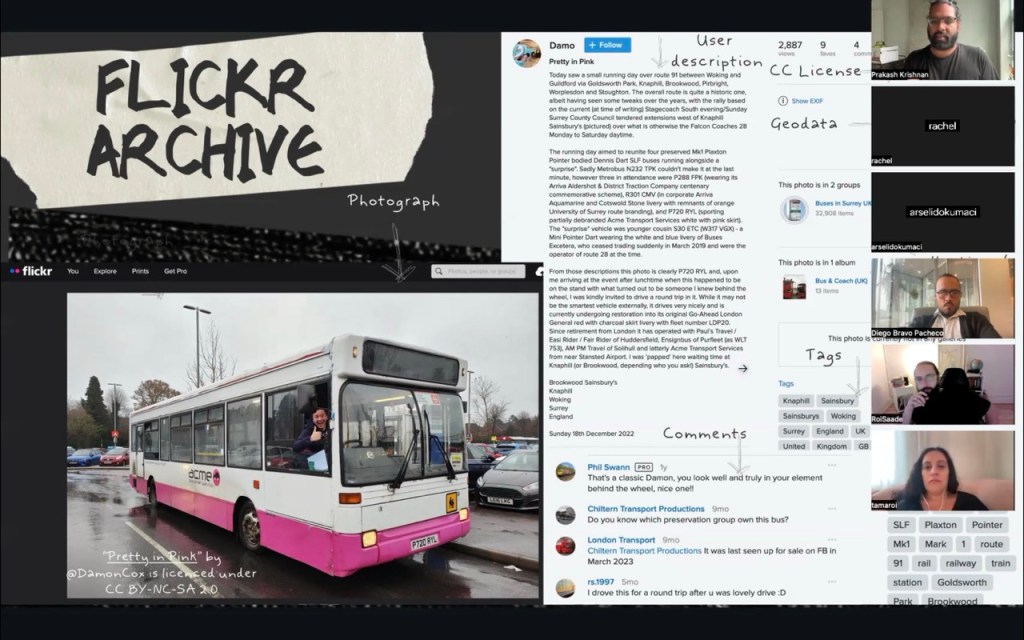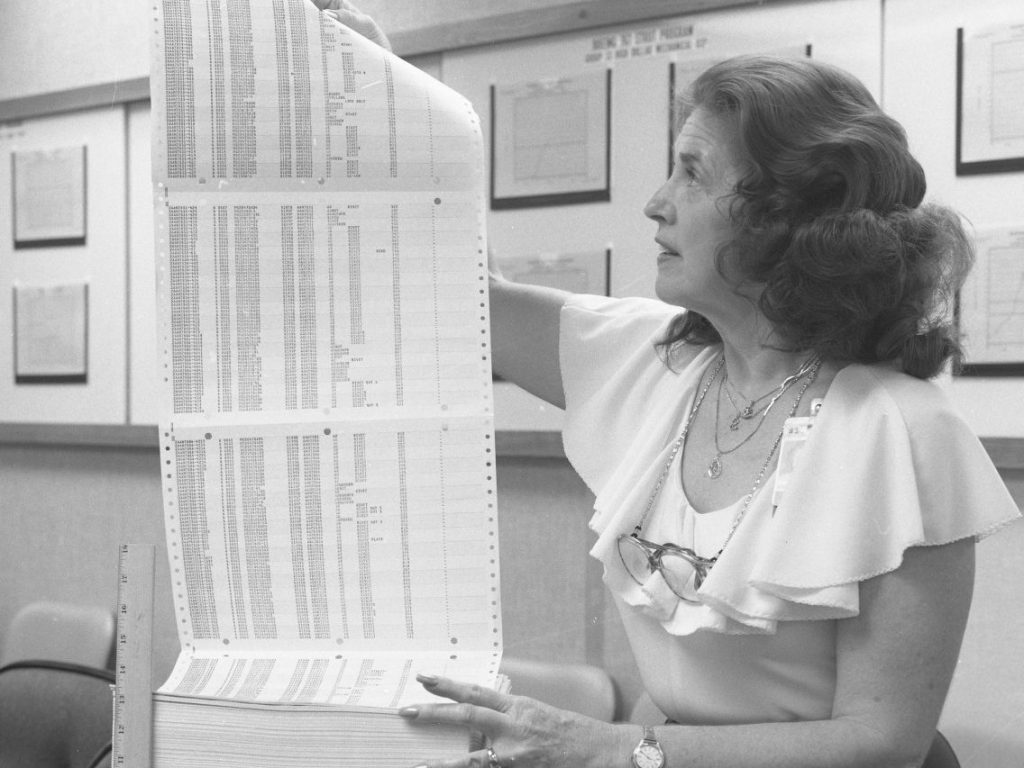Over a recent cup of coffee, George Oates, the indefatigable founder of Flickr Commons and now Executive Director of the Flickr Foundation, asked me if any memorable moments stood out during our long relationship with the Commons since British Library first joined nearly a decade ago. Of course a multitude of inspired engagements instantly filled my mind like some exploding word cloud and I could’ve easily prattled on until our cups dried up and the shop shutters went down. But one emerges from all the rest for me as the most shining example of all and that is what we’ve come to call “The tale of Chico vs the Machine”.
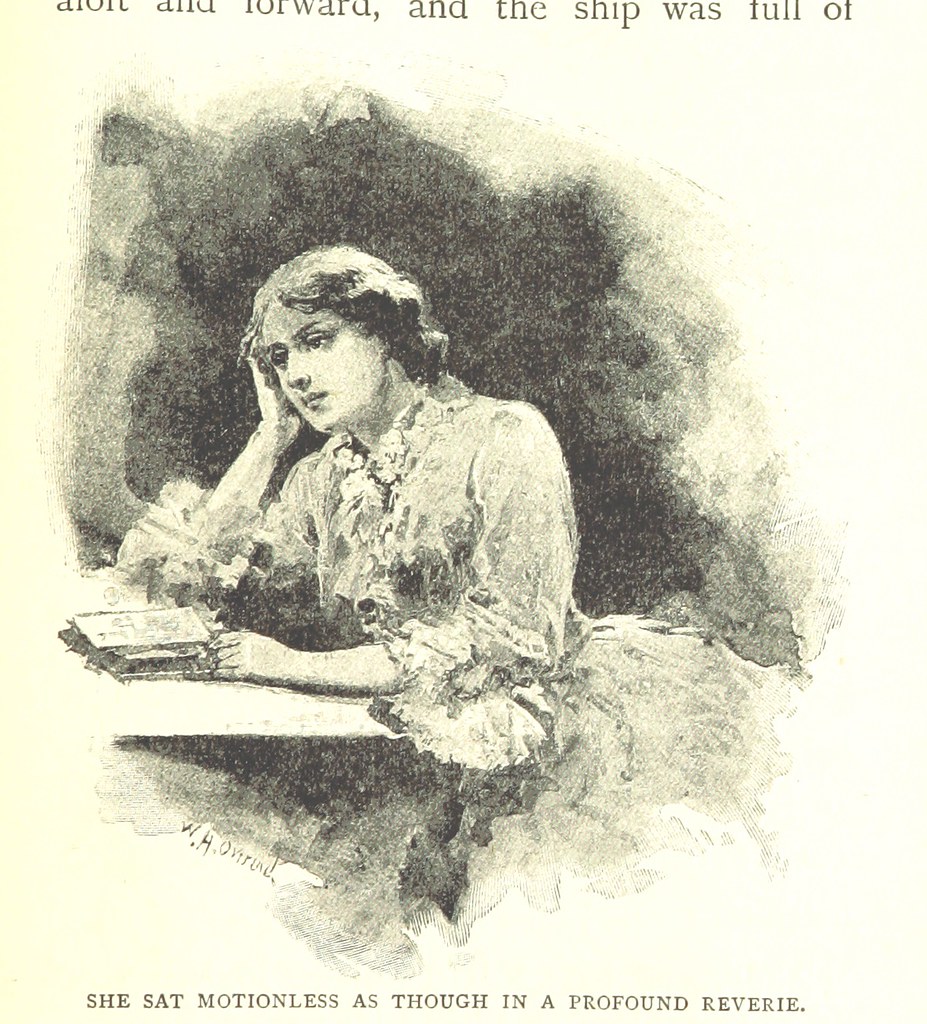
British Library digitised image from page 57 of “A Strange Elopement. … Illustrations by W. H. Overend” | Flickr
Our Flickr Commons story began in 2013 when we were looking for inventive ways to improve the discoverability of a new and exceedingly eclectic collection of 19th century illustrations we’d recently collated. Plucked from the pages of our digitised books by an algorithm built by Ben O’Steen in British Library Labs, this unique and sizable image collection was largely untagged and undescribed. Each image had associated with it only the title of the book and page it came from, but no other details to describe it, such as what the image itself depicted. We needed a curious, smart, engaged, and global audience to set their eyes and collective expertise on it, to help us tag and describe them so we could create meaningful subcollections and improve searchability. We also needed a powerful API to enable working with such a large collection, and the millions of interactions it may potentially garner, at scale. We happily found both in the Flickr Commons.
In late 2014, we had been chatting with artist Mario Klingemann aka Quasimondo who had happened upon this wild, wonderful and wholly uncurated collection of ours in Flickr Commons and was keen to create a series of artworks using the images. As part of his craft he was mixing automatic image classification with manual confirmation to identify and tag tens of thousands of the images – ranging from maps to ships, portraits to stones – to discover more from within the collection, and in turn, make them more discoverable for others.
16 x 16 Colourful Faces from the British Library Collectio… | Flickr
By Mario Klingemann
The result of data mining the British Library Commons Collection, identifying colorful plates using some image analysis and subsequently using face detection to extract the faces contained therein.
As we were running some statistics around the algorithmically generated tags Mario was creating and adding back to individual images for us via the Flickr API (something in the region of 30,000 at that point if I recall), we noticed that yet another user had already contributed something in the region of 45,000 tags to the collections. Assuming this user was similarly a dabhand with an image classification algorithm, we were absolutely gobsmacked to discover that, at closer inspection, no, actually, these contributions were all added by hand! Not only were these invaluable image tags being manually contributed by one person, but they were expertly and thoughtfully individually crafted. They did not simply identify general objects or themes in each image like “ship”, which in itself was of incalculable value for improving search, particularly when no such simple descriptions existed at all. These tags were of a rare and profound quality. To illustrate, for 19th century biblical images, the user, only known to us by his handle, had added specific biblical passage numbers for which the scene depicted referred to!
The sheer scale, quality and value of this singular Flickr user’s personal contribution was so staggering, we immediately sought them out to personally thank them and to ask if we could recognise their work publicly through our BL Labs Award programme, at the very least. And yet, more surprises were to come. When we approached them with our gratitude and our offer of recognition we were very politely rebuffed! They shared with us that as they had been bedbound, it was they who wanted to express their gratitude for the opportunity to remain active in the world in some meaningful way. They told us that days spent trawling through and tagging such a wild and unruly collection, in the knowledge that they’re helping others to find these same gems, was reward enough and I can tell you, it was a response that no one in our team will ever forget. We attempted a few more times to shower them with accolades in some agreeable way but every time our overtures were politely declined on the same grounds.
This memory makes my heart swell and it’s a tale that so perfectly encapsulates the variety of valuable interactions –from the very intimate and human, to the technologically innovative and computationally driven – that the Flickr Commons community and platform has supported.
To give just one example, since 2015, 50,000 maps have been found and tagged by humans, and machines working alongside each other individually or as part of community events. They’ve all been georeferenced and are now being added back into the British Library catalogue as individual collection items in their own right – bringing direct benefits to current and future users of our historical image collections as more wonderful images are surfaced.
Explore the georeferencer or the British Library’s Flickr Albums.
Every tag contributed, whether expertly crafted by human hand, or machine learned by an algorithm, has helped to make thousands, if not millions of unseen historical images from British Library collections more discoverable and we simply could not have gotten this far in curating this massive and wonderful collection without the Flickr Commons.
By Nora McGregor, Digital Curator in the Digital Scholarship Department of the British Library


